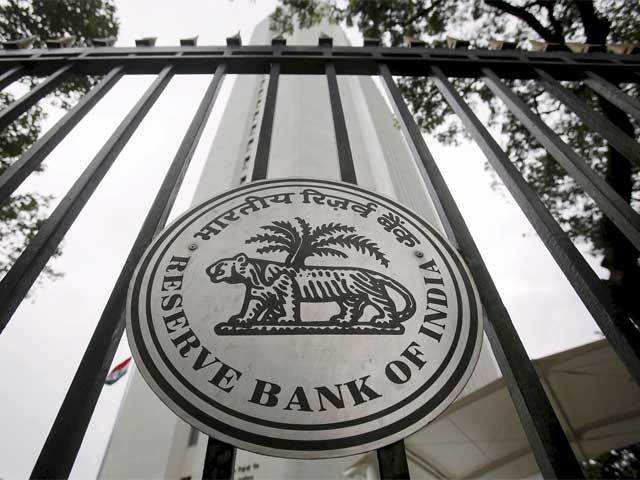What debt MF investors should do after RBI status-quo on rates

The Reserve Bank of India (RBI) has kept the benchmark rates unchanged. The central bank has kept the repo rates – the key interest rates at which it lends money to commercial banks – steady at four per cent and the reverse repo rate – the rate at which RBI borrows money from banks, unchanged at 3.35 per cent, the RBI Governor Shaktikanta Das said at the end of the three-day Monetary Policy Committee (MPC) meeting that started on Wednesday. In this article, we tell debt mutual fund investors what experts are saying about this key development.
Avoid extreme views
The June Policy had no surprises in terms of focus, which continues to be revival of sustainable growth conditions. Inflation will play second fiddle for now, till it remains within tolerance levels, says Amit Tripathi, CIO- Fixed Income, Nippon India Mutual Fund.
“Any extreme views on market direction need to be avoided. Our overall portfolio allocation would reflect a neutral bias on rates. The core portfolios of most open-ended debt schemes will operate slightly below the mid points of their duration mandates. The huge steepness in the yield curve along with some select exposures to structured high grade assets will sustain and cushion overall returns in this uncertain environment,” says Tripathi.
He recommends continued discipline in investor allocations, driven primarily by their holding period considerations. This will ensure that investors capture the curve steepness without getting negatively impacted by interim market volatility. Moderate duration allocations can form the core for now. Rolldown strategies across the yield curve can be considered, but with a clear understanding on required holding periods, he adds.
Rate hike off the table in FY22
There is growing realisation that the RBI will keep policy rates lower for longer & banking system liquidity in surplus mode until scars of Covid-19’s on the Indian economy are more-or-less healed and the economic growth is on solid footing on sustained basis. Therefore, the Repo Rate is unlikely to be hiked in FY22, according to Dhawal Dalal, CIO-Fixed Income, Edelweiss AMC.
“There is no doubt in our mind that the RBI wishes to see bond yields trending down. The RBI Governor’s comments during the speech that ‘we do expect the market to respond appropriately to this announcement of G-SAP 2.0’ highlights that point. We reiterate that given the current term structure of rates, bond investors should expect low, single digit returns from the bond market in FY22,” says Dhawal.
He foresees four distinct buckets of returns for investors to choose from:
3% bucket: Risk-averse investors focusing on up to 6M average maturity of assets may earn ~3% returns in FY22.
4% bucket: Bond Investors focusing in 6M to 1Y maturity bucket may earn ~4% returns in FY22.
5% bucket: Bond investors seeking ~5% returns in FY22 should focus on high quality bonds with residual maturity of 1 to 3 years.
6% bucket: Bond investors seeking ~6% returns in FY22 will need to increase the average maturity of their fixed income portfolios to 5 to 10 years.
“Based on our expectations of continued RBI support and potential reduction in term premium, we reiterate investors to focus on AAA-rated CPSE bonds maturing 5-10Y segment for investment horizon of at least two years. This will help investors to earn better risk-adjusted returns in FY22 without any compromise in liquidity or credit quality,” adds Dhawal.
Contra view
However, Axis AMC has a contra view on rate hike.
“Today our stance favors caution as RBI is likely to resume rate normalization in the next few months. We continue to anticipate a gradual rise in yields and a calibrated phasing out of the accommodative monetary stance,” Axis AMC said.
Its portfolios endeavor to play this cautious stance through carry and leverage barbell strategies across the yield curve where opportunities present themselves.
“In our short and medium duration strategies we are following barbell strategies – a strategy where we mix long duration assets (8-10 year) with ultra-short assets including credits (Up to 2 years) to build a desired portfolio maturity. The ultra-short assets will help us play the reinvestment trade whilst limiting the impact of MTM as yields rise. Long bonds will likely add value in capturing higher accruals with relatively lower credit risk and lower MTM movement in the current context,” Axis AMC said.
Credits remain an attractive play for investors with a 3-5-year investment horizon as an improving economic cycle and liquidity support assuage credit risk concerns especially in higher quality names, the fund-house said.

